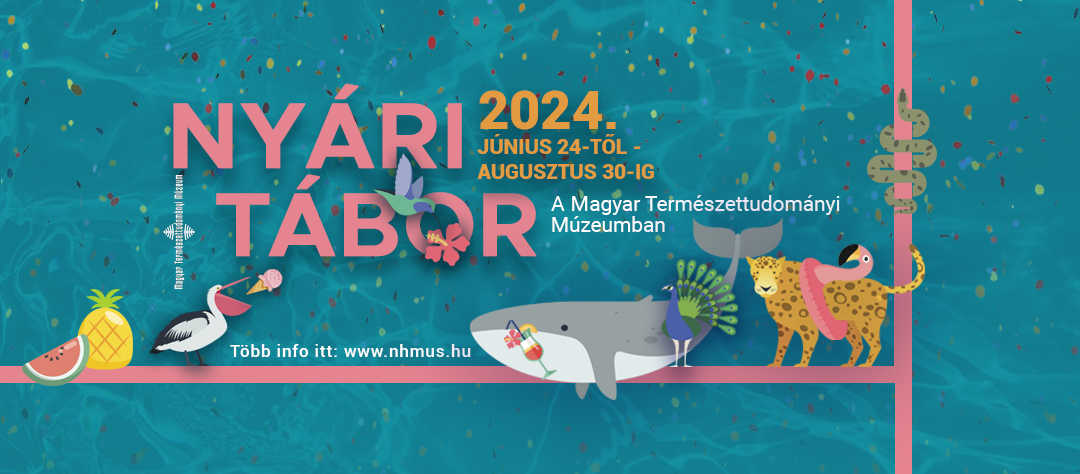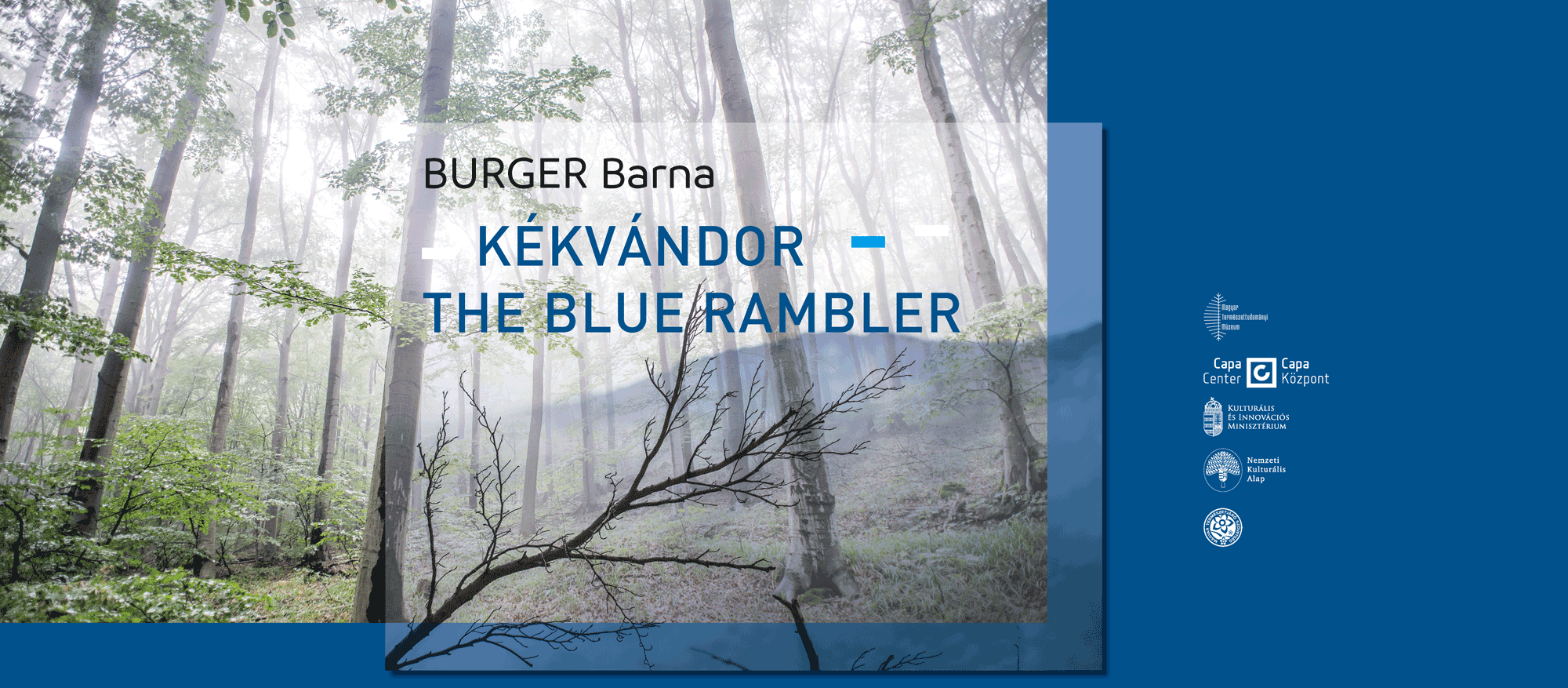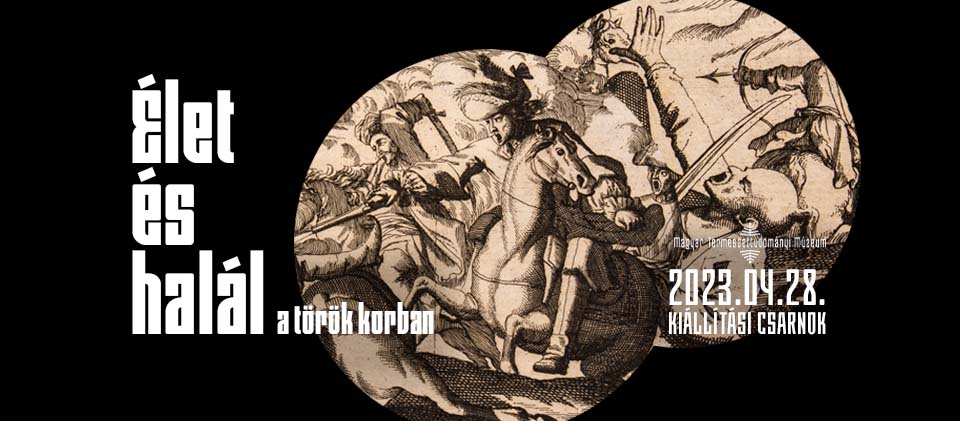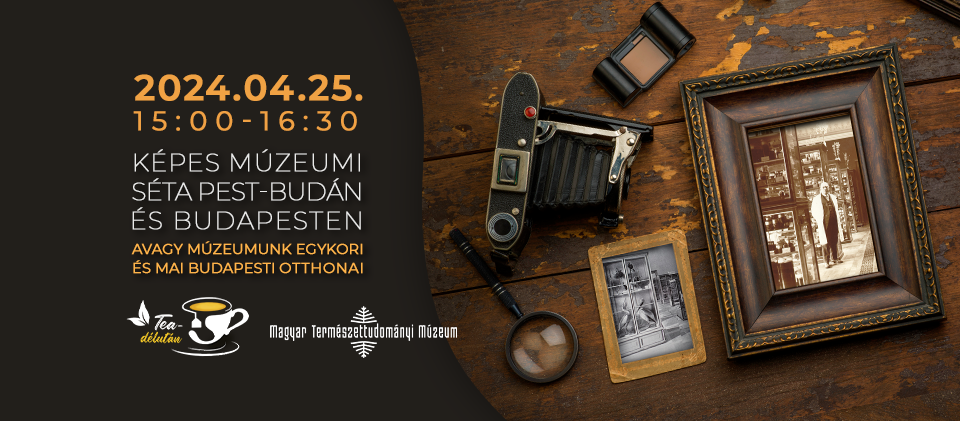Curators of the Collection
Gyula Istvánffy (1889–1898)
Nándor Filarszky (1899–1929, 1901–1929)
Márta Halász (1939–1963)
Gábor Szemes (1947–1951)
Erzsébet Kol (1948–1980)
Zsuzsa Páricsy-Komáromy (1967–1985)
Lajos Hajdu (1971–1982)
Judit Padisák (1982–1990)
Éva Ács (1987–1995)
Krisztina Buczkó (1985–)
The algological herbarium was established by Gyula Istvánffy, whose primary interest was algology. By that time several famous old algae exsiccatae were preserved in the collection already (e.g. Agardh: Algae Cap. Bonae Spei, Bauer: Characeae Europaeae, Brébisson: Reliquiae Brébissonianae, Kützing: Algarum aquae dulcis Germanicarum and several series of Rabenhorst). Apart from these series, significant algological material was included in lots of herbaria. The Adriatic collection of Pius Titius is especially remarkable.
The collection was amassed later on primarily by Gyula Istvánffy, Nándor Filarszky and Gusztáv Moesz
In1898 Nándor Filarszky was appointed head of the Department of Botany. As director, he was committed to improve both the collections and the department library. He initiated the establishment of specific collections within the department and put effort into the systematic arrangement of the collections. Alongside his research on Charales, Filarszky acquired further volumes of old exsiccatae by purchase, donation or in exchange of the centuriae of the Flora Hungarica Exsiccata.
In the twentieth century, the collection continued to expand. Erzsébet Kol, who worked for the Department of Botany from 1948, donated her valuable collection of living algae to the Museum. During her 20 years as curator the collection was considerably enriched. She collected 105 algal species for the exsiccata that she designed and entitled A Kárpátmedence algái (Algae of the Carpathian Basin). Unfortunately, this exsiccata had never been issued.
Zsuzsa Páricsy-Komáromy (1943–1985) initiated the study of soil algae in the Department. Her tragically short life did not make it possible for her to summarise all of the available information on soil algae in Hungary. However, her data on the algal flora of different soil types all over Hungary constitute essential background for today’s algae researchers.
In the 1970s, with guidance of Tibor Hortobágy, a large-scale project began to compile all algal records in Hungarian relevance and make them available in a catalogue. The card-index catalogue of algae called Collectio & Iconographia Algarum Hungariae was finally finished by 1975 and acquired by the Department of Botany in 1980. It contains all the algal records published in Hungary (Hungarian algal records and also documentations of foreign data gathered by Hungarian algologists).
In 1987, the Department of Botany obtained the diatom slide collection of László Vida, collected mainly from the Bakony Mts.
In 2011 the collection was enriched with diatom slides of Márta Hajós comprising all the important fossil deposits in Hungary, and some valuable material of DSDP (Deep Sea Drilling Project: Leg 29).



